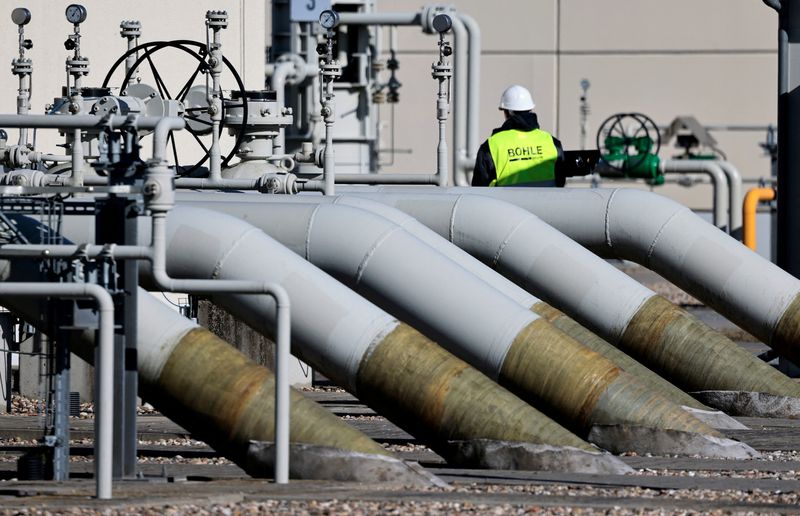Investing.com -- The outlook for natural gas prices in 2025 remains cautiously optimistic, influenced by a mix of global demand trends, supply-side constraints, and weather-driven uncertainties.
As per analysts at BofA Securities, U.S. Henry Hub prices are expected to average $3.33/MMBtu for the year, marking a rebound from the low levels seen throughout much of 2024.
Natural gas prices in 2024 were characterized by subdued trading, largely oscillating between $2 and $3/MMBtu, making it the weakest year since the pandemic-induced slump in 2020.
This price environment persisted despite record domestic demand, which averaged over 78 billion cubic feet per day (Bcf/d), buoyed by increases in power generation needs and continued industrial activity.
However, warm weather conditions during the 2023–24 winter suppressed residential and commercial heating demand, contributing to the overall price weakness.
Looking ahead, several factors are poised to tighten the natural gas market and elevate prices in 2025.
A key driver is the anticipated rise in liquefied natural gas (LNG) exports as new facilities, including the Plaquemines and Corpus Christi Stage 3 projects, come online.
These additions are expected to significantly boost U.S. feedgas demand, adding strain to domestic supply and lifting prices.
The ongoing growth in exports to Mexico via pipeline, which hit record levels in 2024, further underscores the international pull on U.S. gas.
On the domestic front, production constraints could play a pivotal role in shaping the price trajectory.
While U.S. dry gas production remains historically robust, averaging around 101 Bcf/d in 2024, capital discipline among exploration and production companies suggests a limited ability to rapidly scale output in response to higher prices.
Producers have strategically withheld volumes, awaiting a more favorable pricing environment. If supply fails to match the anticipated uptick in demand, analysts warn of potential upward repricing in the market.
Weather patterns remain a wildcard. Forecasts suggest that the 2024–25 winter could be 2°F colder than the previous year, potentially driving an additional 500 Bcf of seasonal demand.
However, should warmer-than-expected temperatures materialize, the opposite effect could dampen price gains. Historically, colder winters have correlated with significant price spikes, reflecting the market's sensitivity to heating demand.
The structural shift in the U.S. power generation mix also supports a bullish case for natural gas. Ongoing retirements of coal-fired power plants, coupled with the rise of renewable energy, have entrenched natural gas as a critical bridge fuel.
Even as wind and solar capacity expand, natural gas is expected to fill gaps in generation during periods of low renewable output, further solidifying its role in the energy transition.
